Home>Construction & Tools>Electrical and Plumbing Systems>What Size Wire For EV Charger
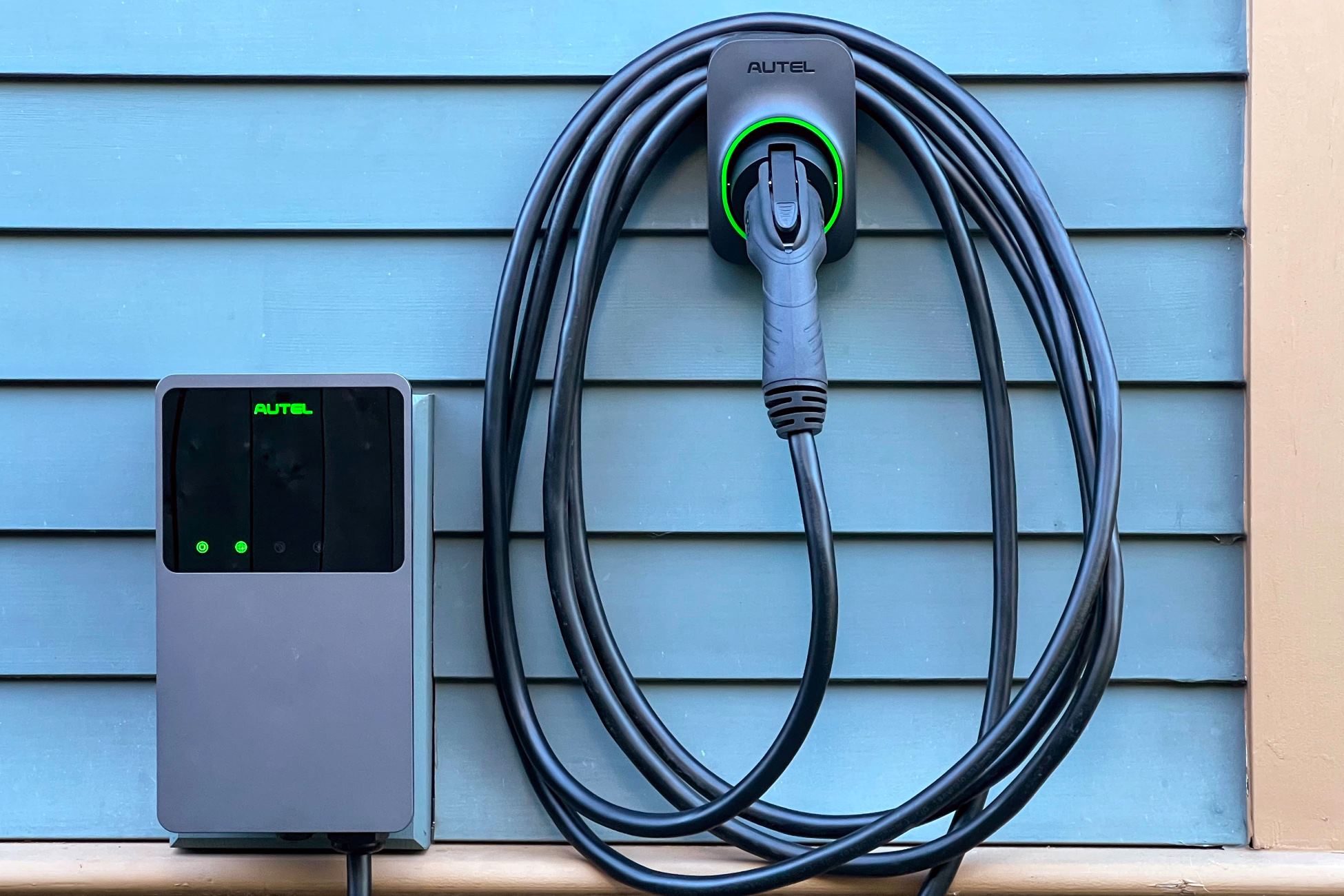

Electrical and Plumbing Systems
What Size Wire For EV Charger
Modified: September 2, 2024
Find the right wire size for your EV charger installation with our expert guide. Ensure safety and efficiency in your electrical and plumbing systems.
(Many of the links in this article redirect to a specific reviewed product. Your purchase of these products through affiliate links helps to generate commission for Storables.com, at no extra cost. Learn more)
Introduction
Electric vehicles (EVs) have revolutionized the way we think about transportation. As more people embrace the shift towards sustainable energy, the need for efficient and reliable EV charging solutions becomes increasingly evident. One crucial aspect of installing an EV charging station is determining the appropriate wire size to ensure safe and effective operation. In this article, we will delve into the intricacies of selecting the right wire size for EV chargers, exploring the factors that influence this decision and the relevant guidelines provided by the National Electric Code (NEC).
Understanding the technical requirements for EV charger installations can seem daunting, especially for those who are not well-versed in electrical systems. However, with the right information and guidance, you can navigate this process with confidence. By the end of this article, you will have a comprehensive understanding of the considerations involved in selecting the optimal wire size for EV chargers, empowering you to make informed decisions when setting up charging infrastructure for electric vehicles. Let's embark on this enlightening journey to unravel the mysteries of wire sizing for EV chargers and pave the way for a more sustainable future.
Key Takeaways:
- Choosing the right wire size for EV chargers is crucial for safety and efficiency. Factors like charger power rating, distance, and NEC guidelines must be considered for a reliable charging system.
- Common wire sizes like 6 AWG, 4 AWG, and 2 AWG are used for EV chargers based on power requirements and distance. Adhering to NEC guidelines ensures safe and compliant installations for electric vehicles.
Read more: What Size Breaker For EV Charger
Understanding Electric Vehicle (EV) Chargers
Electric vehicle chargers are the lifeline of the rapidly expanding EV market. These devices are responsible for replenishing the energy stored in an electric vehicle’s battery, allowing drivers to extend their travels with ease. EV chargers come in various forms, including residential charging stations, commercial charging points, and public charging infrastructure. Understanding the different types of EV chargers is essential for determining the appropriate wire size for their installation.
Residential EV chargers are commonly installed in homes and garages, providing a convenient and accessible means of charging personal electric vehicles. These chargers are often categorized as Level 1 or Level 2, with Level 2 chargers being more prevalent due to their faster charging capabilities. On the other hand, commercial and public EV charging stations, known as Level 2 and Level 3 (DC fast chargers), cater to a broader audience, serving the needs of businesses, municipalities, and electric vehicle owners who require rapid charging options.
Understanding the power requirements and charging speeds of different EV chargers is crucial when determining the appropriate wire size for their installation. The electrical capacity of the charger, measured in kilowatts (kW), directly influences the selection of wire gauge to ensure safe and efficient power delivery. Additionally, the distance between the electrical panel and the charging station, as well as the potential voltage drop along the wire, must be factored into the wire size calculation to optimize charging performance.
As the demand for EV charging infrastructure continues to grow, it is essential to grasp the nuances of EV charger technologies and their corresponding electrical requirements. With this knowledge, individuals and organizations can make informed decisions when planning and implementing EV charger installations, contributing to the widespread adoption of electric vehicles and the advancement of sustainable transportation solutions.
Factors to Consider When Choosing Wire Size for EV Chargers
When selecting the wire size for an electric vehicle (EV) charger installation, several critical factors must be taken into account to ensure the safety, efficiency, and reliability of the charging system. Understanding these factors is essential for making informed decisions and complying with the necessary electrical codes and standards.
- Charger Power Rating: The power rating of the EV charger, measured in kilowatts (kW), directly influences the selection of wire gauge. Higher power ratings necessitate larger wire sizes to accommodate the increased electrical load and minimize voltage drop.
- Distance and Voltage Drop: The distance between the electrical panel and the charging station plays a vital role in determining the appropriate wire size. Longer distances can lead to voltage drop, which must be mitigated by using thicker wire gauges to maintain optimal charging performance.
- NEC Guidelines: Adhering to the guidelines outlined in the National Electric Code (NEC) is crucial when selecting wire sizes for EV chargers. The NEC provides specific requirements and recommendations for electrical installations, including those related to EV charging infrastructure.
- Wire Material and Insulation: The material composition and insulation of the wire impact its ampacity and suitability for carrying the electrical load required by the EV charger. Copper and aluminum are common wire materials, each with distinct ampacity ratings and thermal characteristics.
- Future Expansion: Considering potential future expansion or upgrades to the EV charging system is essential when choosing the wire size. Planning for increased charging capacity or the installation of additional charging stations can influence the initial wire size selection.
- Environmental Conditions: Environmental factors, such as temperature and exposure to moisture or sunlight, can affect the choice of wire size and insulation type. Outdoor installations and harsh environments may require specialized wiring solutions to ensure long-term durability and safety.
By carefully evaluating these factors and consulting with qualified electrical professionals, individuals and organizations can make informed decisions when selecting the appropriate wire size for EV chargers. Prioritizing safety, efficiency, and compliance with electrical codes is paramount in creating reliable and future-ready EV charging infrastructure, contributing to the widespread adoption of electric vehicles and sustainable energy practices.
National Electric Code (NEC) Requirements
The National Electric Code (NEC), published by the National Fire Protection Association (NFPA), serves as the cornerstone for electrical standards and safety practices in the United States. When it comes to electric vehicle (EV) charger installations, the NEC provides essential guidelines and requirements that must be followed to ensure the safety and compliance of these systems.
One of the key aspects of the NEC relevant to EV charger installations is the determination of the appropriate wire size based on the charger’s power rating, the distance to the electrical panel, and the voltage drop considerations. The NEC specifies ampacity ratings for different wire gauges and materials, taking into account factors such as ambient temperature and the number of current-carrying conductors in a given installation.
Furthermore, the NEC outlines specific installation practices for EV charging equipment, including the proper grounding and bonding of the charging station, the use of suitable enclosures and protection devices, and the requirements for disconnecting means and overcurrent protection. These provisions are designed to safeguard against electrical hazards and ensure the reliable operation of EV charging infrastructure.
Additionally, the NEC addresses the installation of EV charging stations in various settings, including residential, commercial, and public locations. Different requirements may apply based on the intended use and the specific characteristics of the charging environment, such as outdoor or indoor installations.
Staying abreast of the NEC requirements is crucial for electricians, electrical contractors, and individuals involved in the planning and installation of EV charging systems. Compliance with the NEC not only ensures the safety and reliability of EV chargers but also facilitates the necessary inspections and approvals for these electrical installations.
By adhering to the NEC guidelines and working with qualified professionals familiar with these requirements, stakeholders can confidently navigate the process of installing EV charging infrastructure while upholding the highest standards of electrical safety and compliance. This commitment to NEC compliance contributes to the advancement of sustainable transportation solutions and the widespread adoption of electric vehicles.
When choosing a wire size for an EV charger, consider the charger’s maximum current and the distance from the electrical panel. Use a wire gauge that can handle the current without overheating. A larger distance may require a larger wire size to minimize voltage drop.
Calculating the Correct Wire Size for Your EV Charger
Ensuring the proper wire size for an electric vehicle (EV) charger installation is essential for optimizing performance, promoting safety, and complying with electrical codes. Calculating the correct wire size involves considering various factors, including the charger’s power rating, the distance to the electrical panel, and the voltage drop along the wiring. By following a systematic approach, individuals and electrical professionals can determine the ideal wire gauge for their specific EV charging requirements.
Step 1: Determine Charger Power Rating
Start by identifying the power rating of the EV charger, typically measured in kilowatts (kW). This information is crucial for selecting the appropriate wire size, as higher power ratings require thicker wire gauges to accommodate the increased electrical load.
Step 2: Assess Distance and Voltage Drop
Evaluate the distance between the electrical panel and the location of the EV charger. Longer distances can result in voltage drop, which can impact charging efficiency. Use voltage drop calculators or consult electrical standards to determine the allowable voltage drop for the specific installation, considering factors such as wire material and ambient temperature.
Step 3: Consult NEC Guidelines
Refer to the guidelines provided by the National Electric Code (NEC) to determine the minimum wire size required for the given power rating and installation parameters. The NEC specifies ampacity ratings for different wire gauges and materials, taking into account environmental conditions and the number of current-carrying conductors.
Step 4: Consider Future Expansion
If there are plans for future expansion or the installation of additional EV charging stations, factor in these considerations when selecting the wire size. Planning for potential upgrades can help avoid the need for rewiring or infrastructure modifications down the line.
Step 5: Evaluate Environmental Conditions
Assess the environmental factors that may impact the wiring, such as exposure to moisture, temperature variations, or outdoor installation. Select wire insulation and materials that are suitable for the specific environmental conditions to ensure long-term reliability and safety.
Step 6: Seek Professional Advice
When in doubt, consult with qualified electricians or electrical engineers who have experience in EV charger installations. Their expertise can provide valuable insights and ensure that the wire size selection aligns with the specific requirements and regulations governing EV charging infrastructure.
By carefully following these steps and considering the unique parameters of the EV charger installation, individuals and professionals can confidently determine the correct wire size, fostering a safe, efficient, and future-ready charging environment for electric vehicles. This meticulous approach contributes to the advancement of sustainable transportation solutions and the seamless integration of EV charging infrastructure into diverse settings.
Read more: What Is The Fastest EV Charger
Common Wire Sizes for EV Chargers
When it comes to electric vehicle (EV) charger installations, selecting the appropriate wire size is crucial for ensuring the safe and efficient operation of the charging system. The wire size, often expressed in terms of gauge or cross-sectional area, directly impacts the ability of the electrical wiring to handle the power demands of the EV charger while minimizing voltage drop and ensuring compliance with relevant electrical codes. Common wire sizes for EV chargers are determined based on the charger’s power rating, the distance to the electrical panel, and the specific installation requirements.
6 AWG (American Wire Gauge)
6 AWG wire is commonly used for EV charger installations, particularly for Level 2 charging stations with moderate power ratings. This wire size provides ample capacity to handle the electrical load while minimizing voltage drop over moderate distances. It is suitable for residential and light commercial applications where the power demand of the EV charger falls within the range accommodated by 6 AWG wiring.
4 AWG (American Wire Gauge)
For EV charging systems with higher power ratings or installations that involve longer distances between the electrical panel and the charging station, 4 AWG wire may be employed. This wire size offers increased ampacity and reduced voltage drop, making it suitable for Level 2 charging stations with higher power requirements or scenarios where the charger is located a significant distance from the electrical service entrance.
2 AWG (American Wire Gauge)
In cases where EV charging infrastructure necessitates robust wiring to accommodate substantial power ratings and extended distances, 2 AWG wire may be utilized. This wire size provides ample ampacity and minimized voltage drop, making it suitable for demanding EV charging installations in commercial, industrial, or public settings, especially for Level 3 (DC fast charging) stations and high-power Level 2 chargers.
Aluminum Conductors
While copper wiring is commonly used for EV charger installations, aluminum conductors may also be employed, especially for larger installations and long-distance wiring runs. Aluminum wiring offers cost-effective solutions for accommodating the power demands of EV charging systems while adhering to the necessary ampacity and voltage drop requirements.
It is essential to note that the selection of the appropriate wire size for EV chargers should be based on a comprehensive assessment of the specific installation requirements, including the charger’s power rating, the distance to the electrical panel, and the environmental conditions. Consulting with qualified electricians and adhering to the guidelines outlined in the National Electric Code (NEC) is paramount in ensuring the safe and compliant installation of EV charging infrastructure.
By leveraging the appropriate wire sizes for EV chargers, individuals and organizations can establish reliable and future-ready charging environments, contributing to the widespread adoption of electric vehicles and the advancement of sustainable transportation solutions.
Conclusion
As the world embraces the transition to electric vehicles (EVs) and sustainable transportation solutions, the installation of efficient and reliable EV charging infrastructure becomes increasingly vital. Selecting the correct wire size for EV chargers is a critical aspect of this process, as it directly influences the safety, performance, and compliance of the charging system. By considering factors such as the charger’s power rating, distance to the electrical panel, and adherence to National Electric Code (NEC) requirements, individuals and professionals can establish robust and future-ready EV charging environments.
Understanding the nuances of wire sizing for EV chargers empowers stakeholders to make informed decisions that align with the specific requirements of residential, commercial, and public charging installations. By carefully assessing the power demands, environmental conditions, and potential for future expansion, the selection of the appropriate wire size can be tailored to meet the unique needs of each EV charging scenario.
Adhering to the guidelines outlined in the NEC is paramount in ensuring the safety and compliance of EV charger installations. The NEC provides essential requirements and recommendations for wire sizing, grounding, bonding, and overall electrical safety practices, serving as a cornerstone for reliable and code-compliant EV charging infrastructure.
By leveraging common wire sizes such as 6 AWG, 4 AWG, and 2 AWG, as well as considering the suitability of aluminum conductors for specific applications, stakeholders can create resilient and efficient EV charging systems that cater to diverse power requirements and installation parameters. This meticulous approach fosters a seamless integration of EV charging infrastructure into residential, commercial, and public settings, contributing to the widespread adoption of electric vehicles and the realization of sustainable mobility.
As the demand for EV charging infrastructure continues to grow, the importance of calculating the correct wire size for EV chargers cannot be overstated. By following a systematic approach, seeking professional advice when necessary, and prioritizing compliance with electrical codes and standards, individuals and organizations can contribute to the advancement of sustainable transportation solutions while embracing the electrified future of mobility.
Ultimately, the selection of the appropriate wire size for EV chargers is a pivotal step in creating a reliable and efficient charging ecosystem that supports the widespread adoption of electric vehicles, driving us towards a cleaner, greener, and more sustainable future.
Frequently Asked Questions about What Size Wire For EV Charger
Was this page helpful?
At Storables.com, we guarantee accurate and reliable information. Our content, validated by Expert Board Contributors, is crafted following stringent Editorial Policies. We're committed to providing you with well-researched, expert-backed insights for all your informational needs.
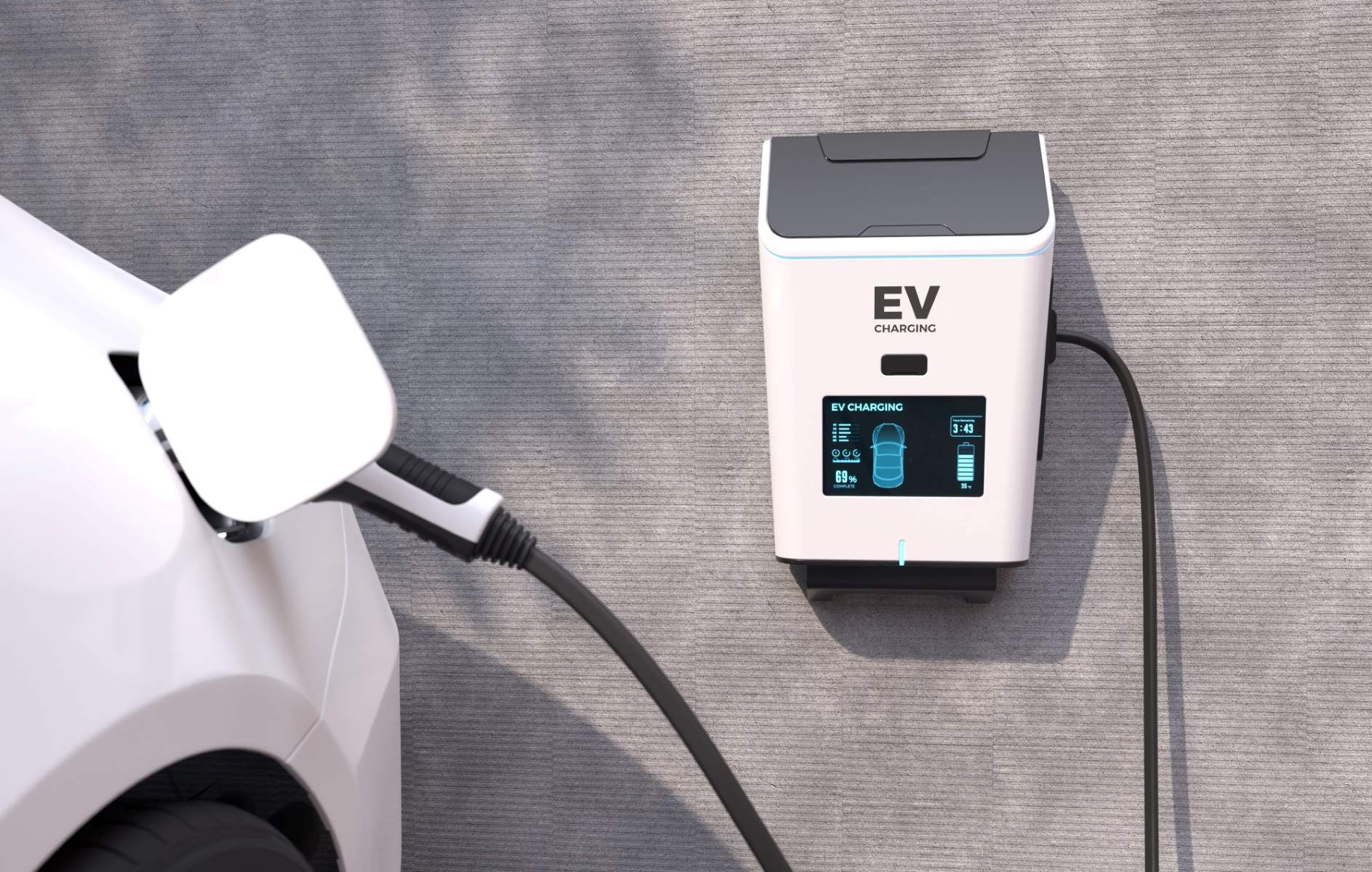
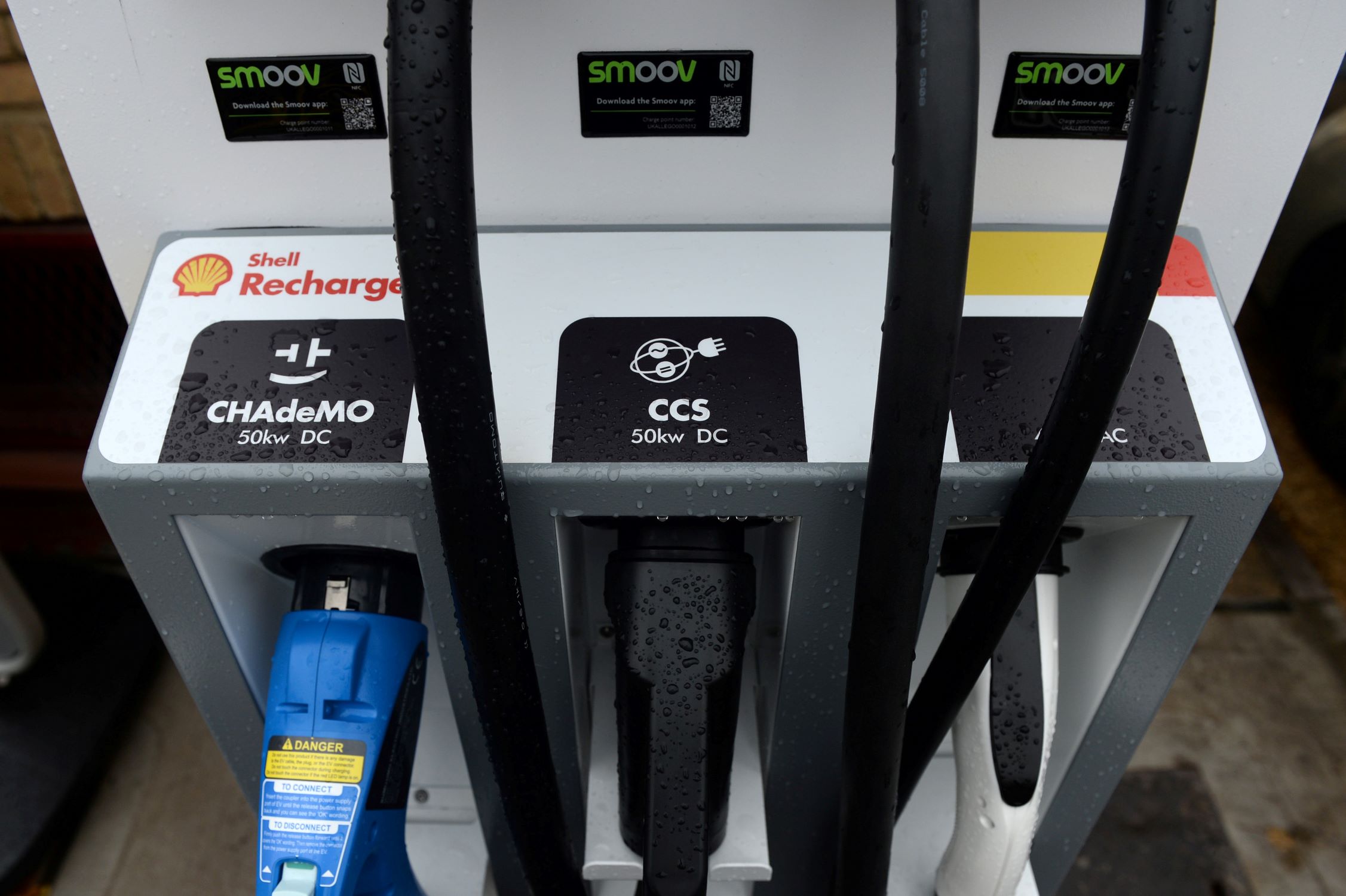
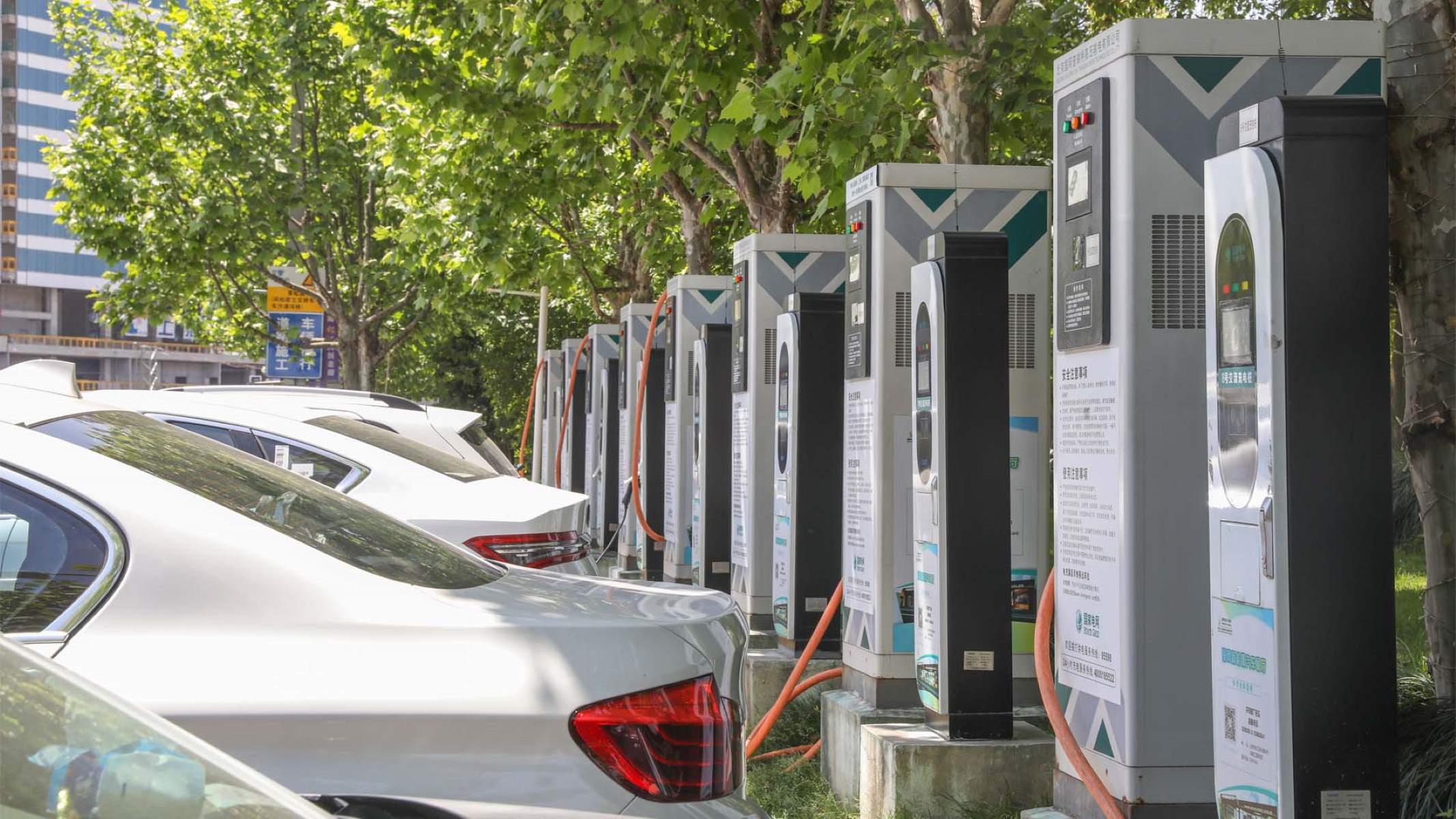

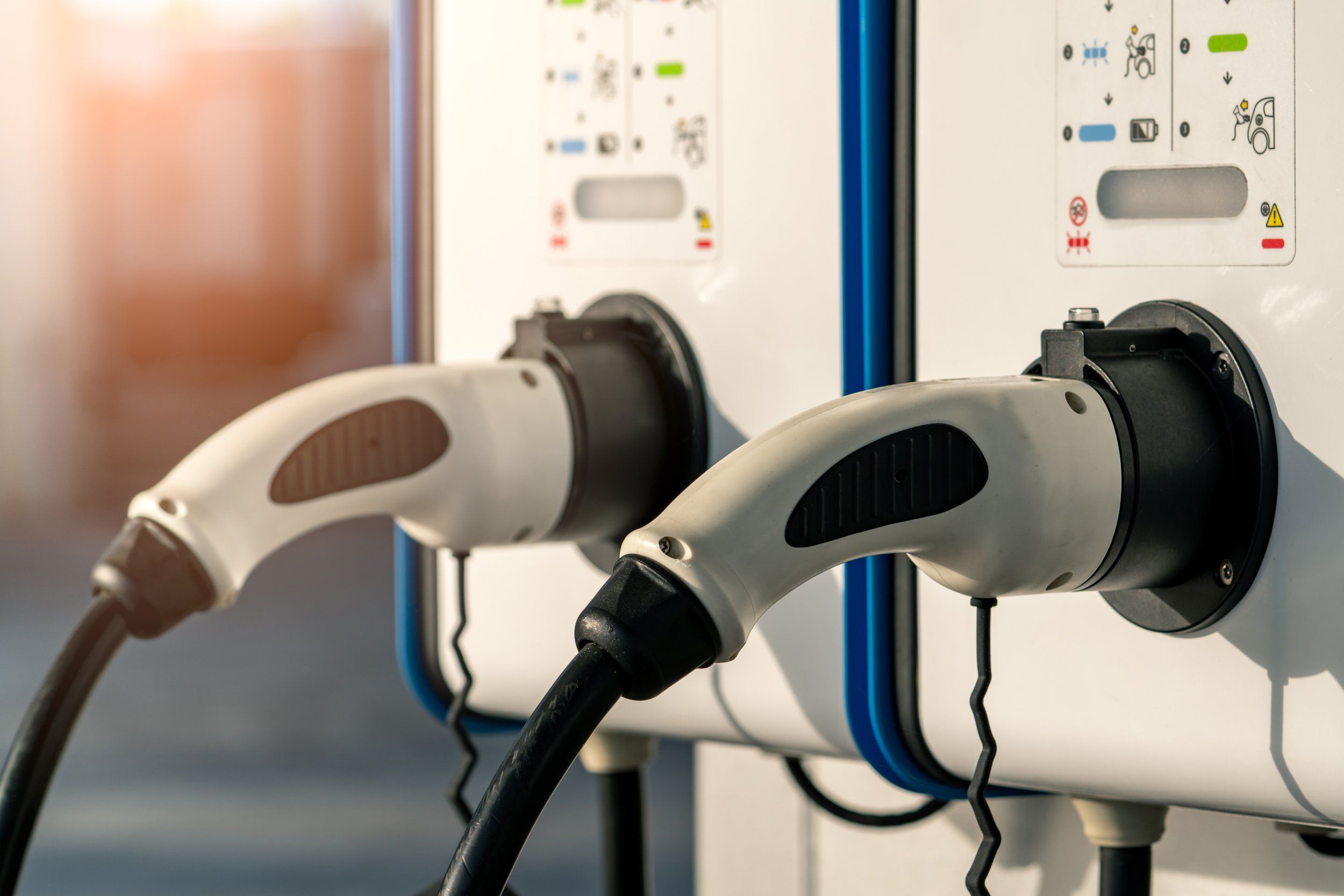
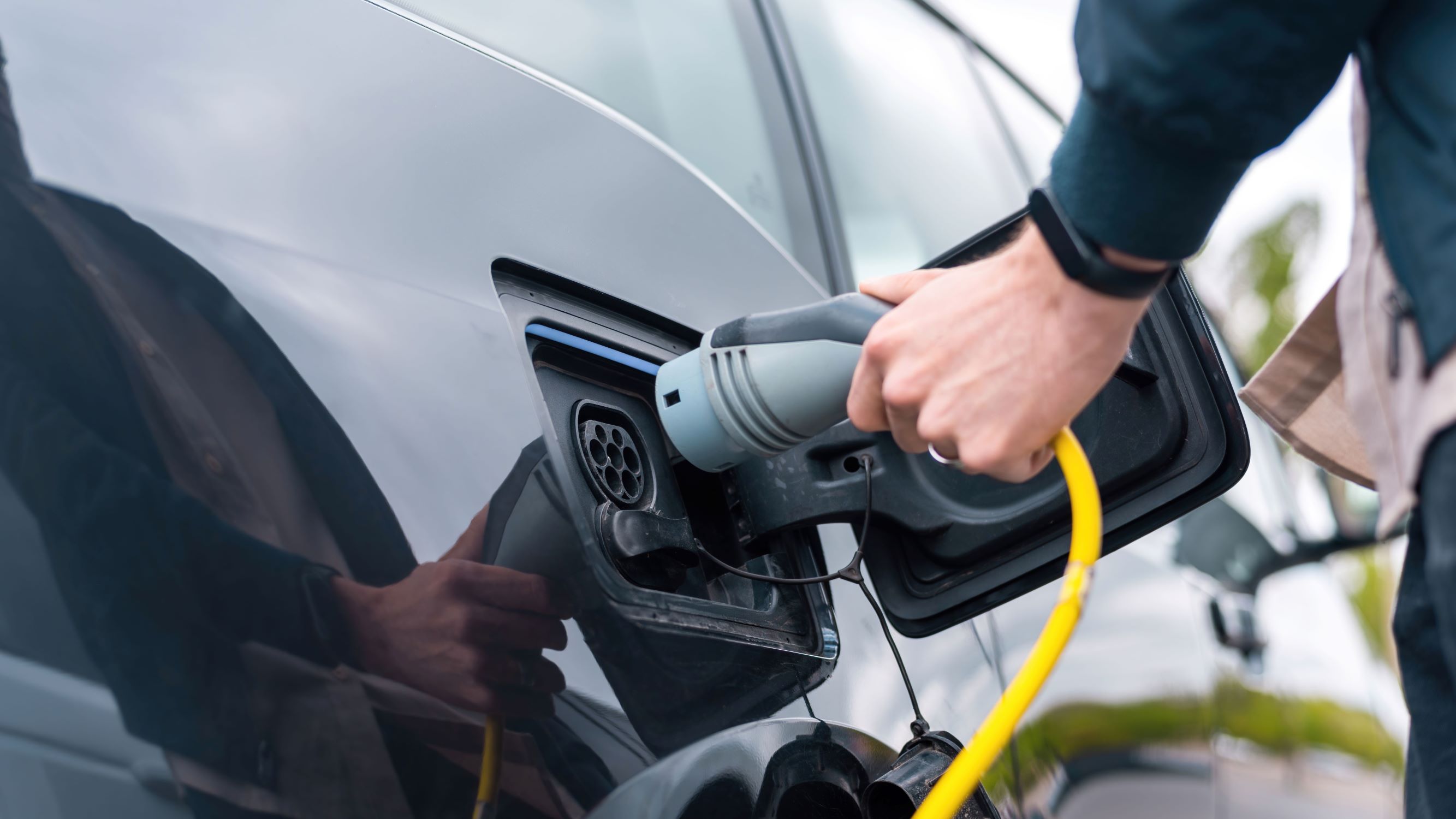
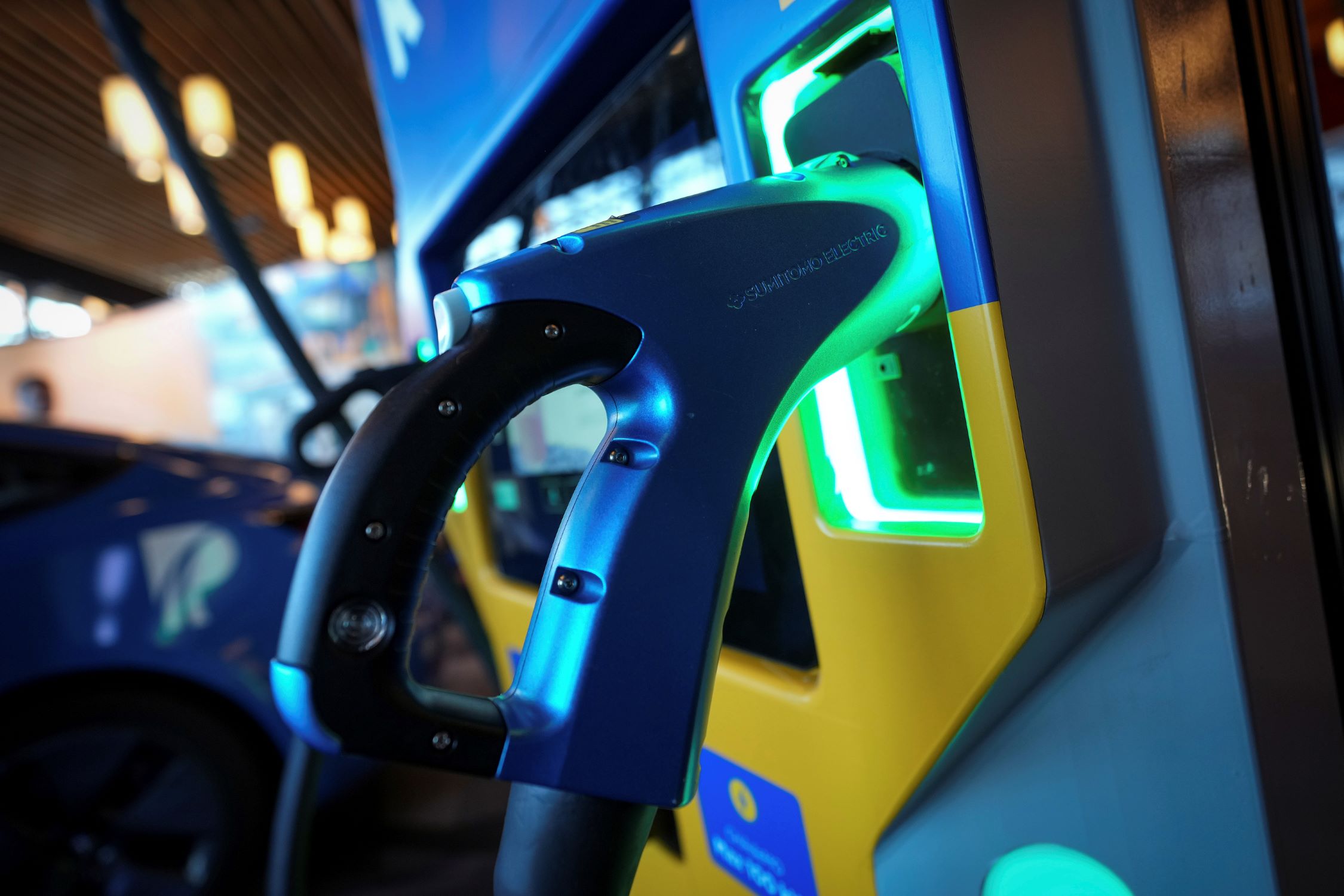

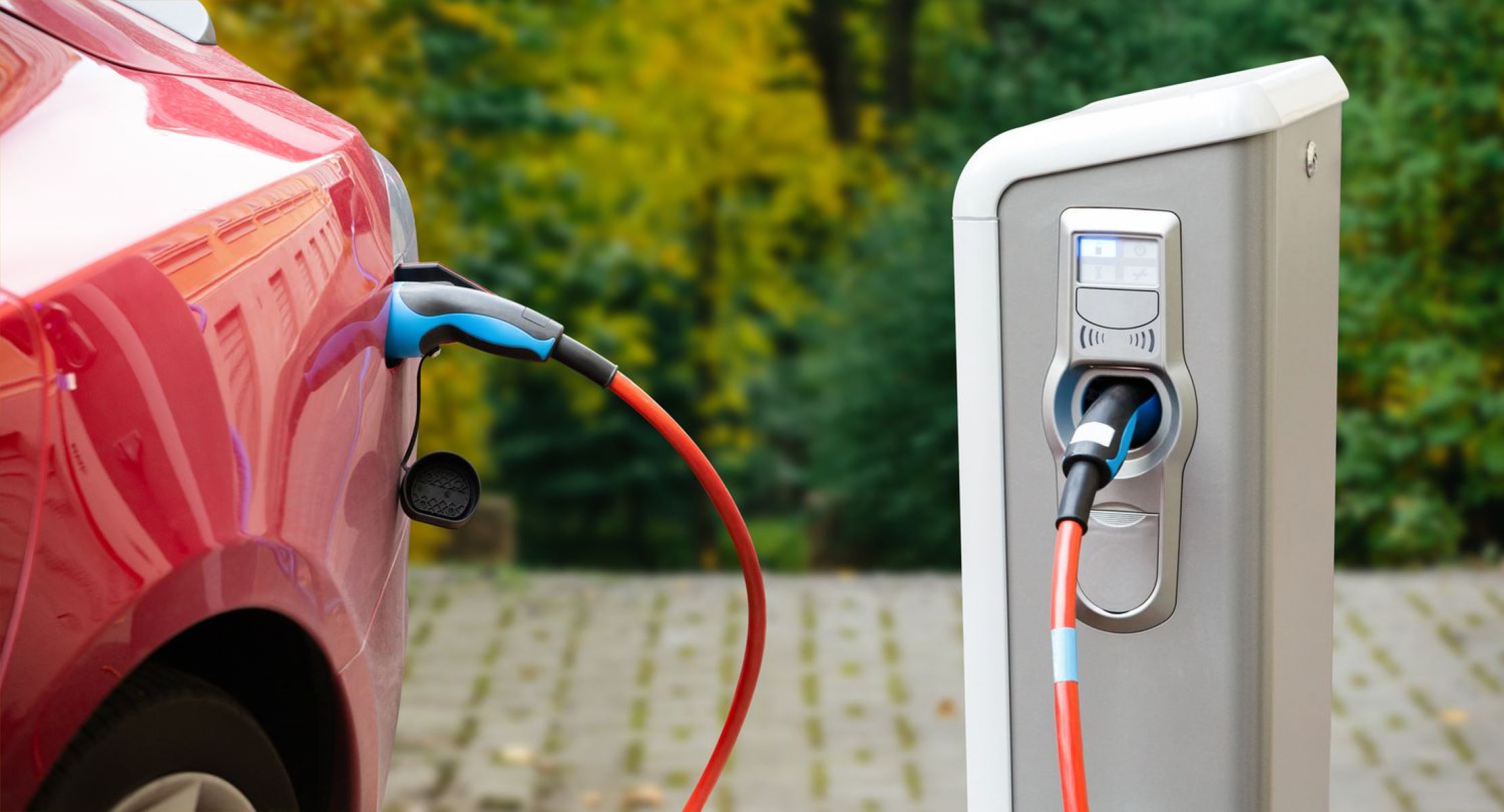
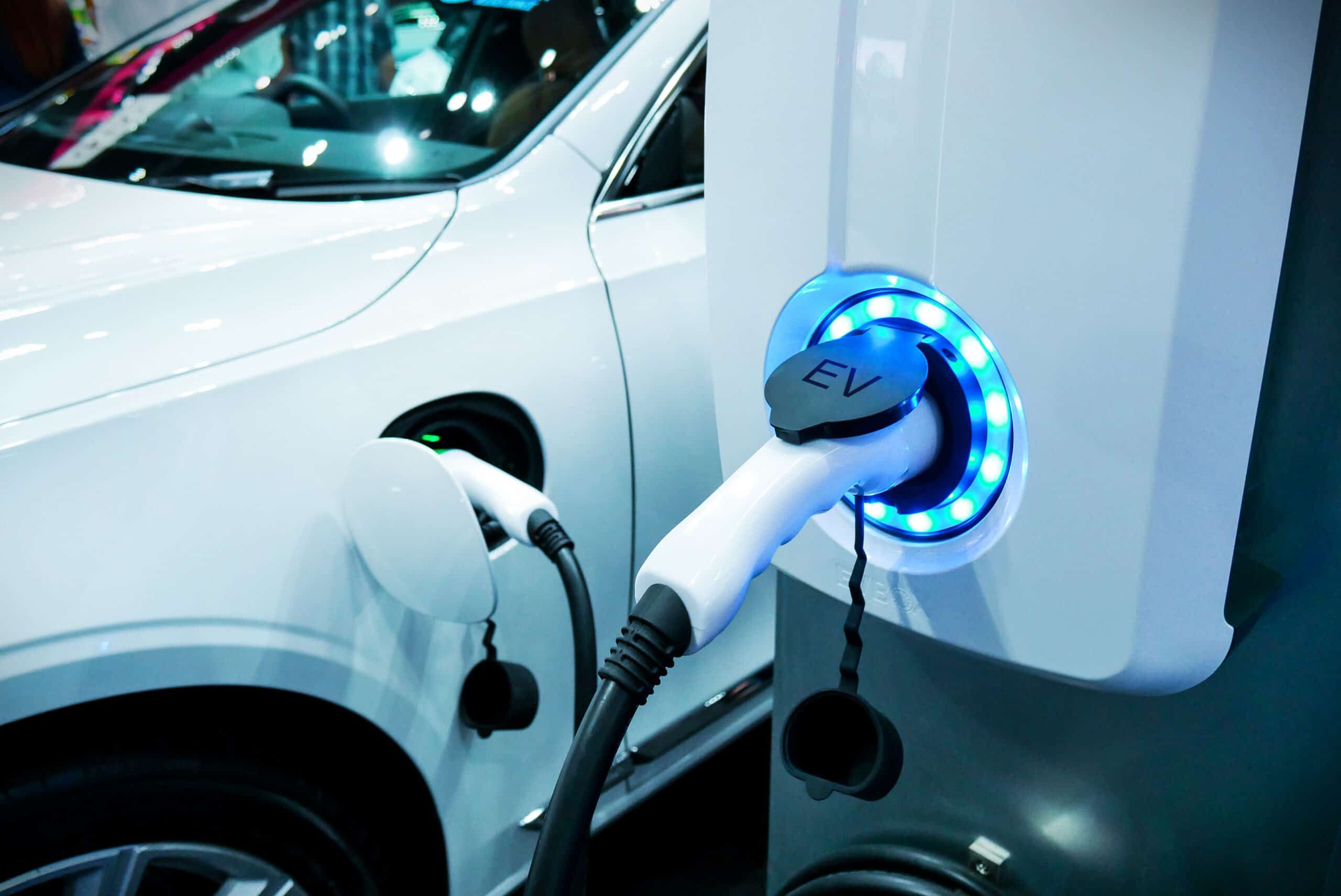
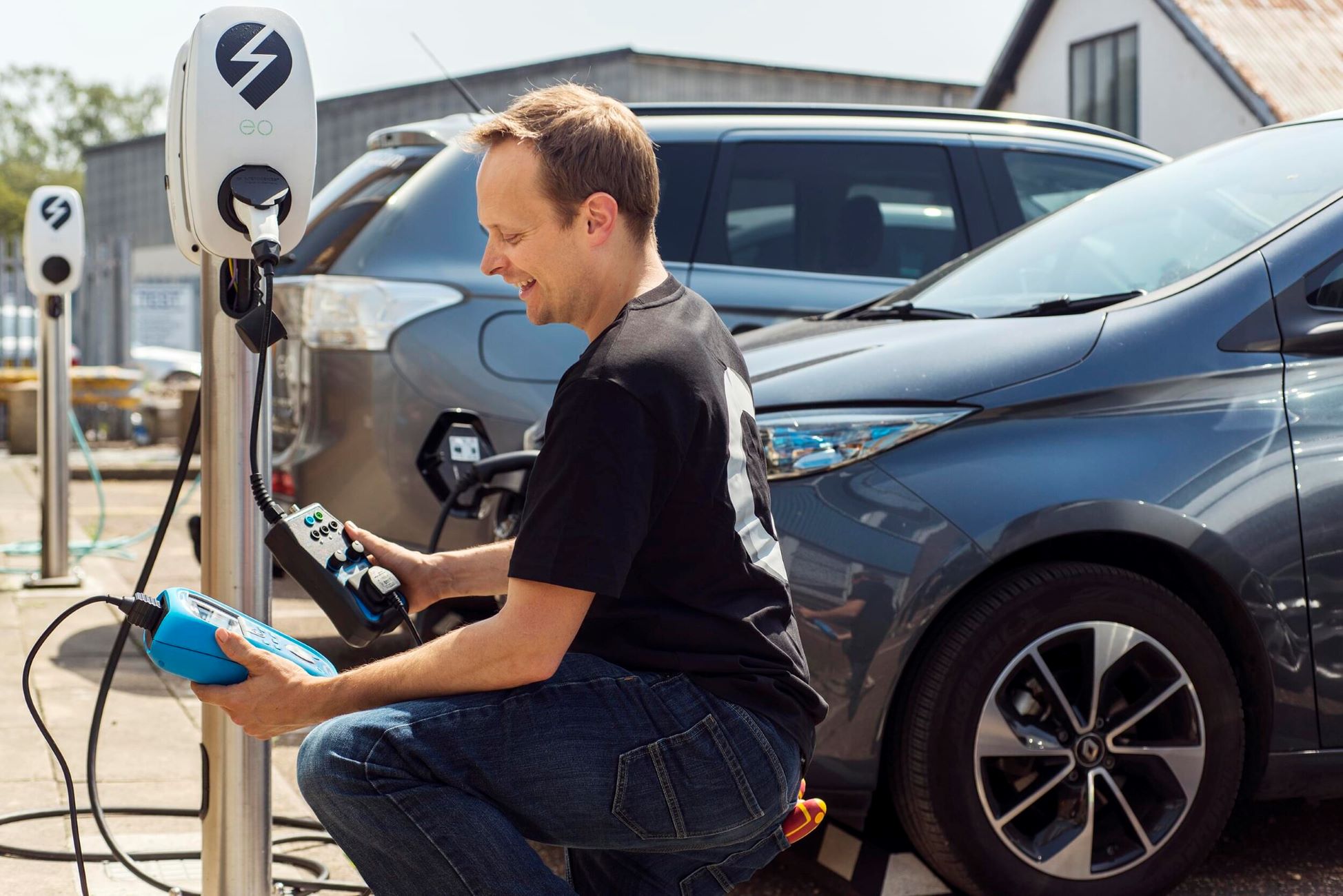
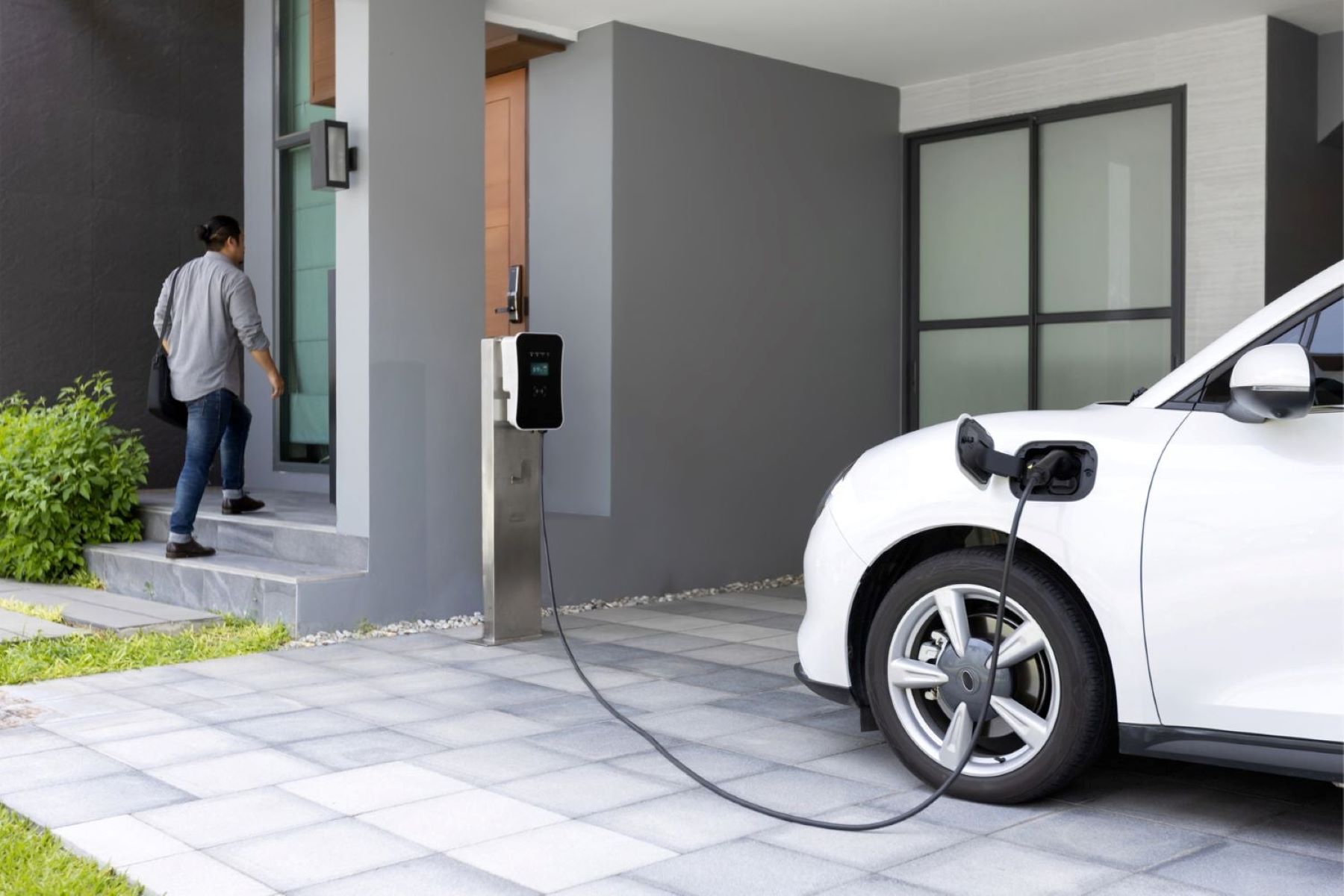
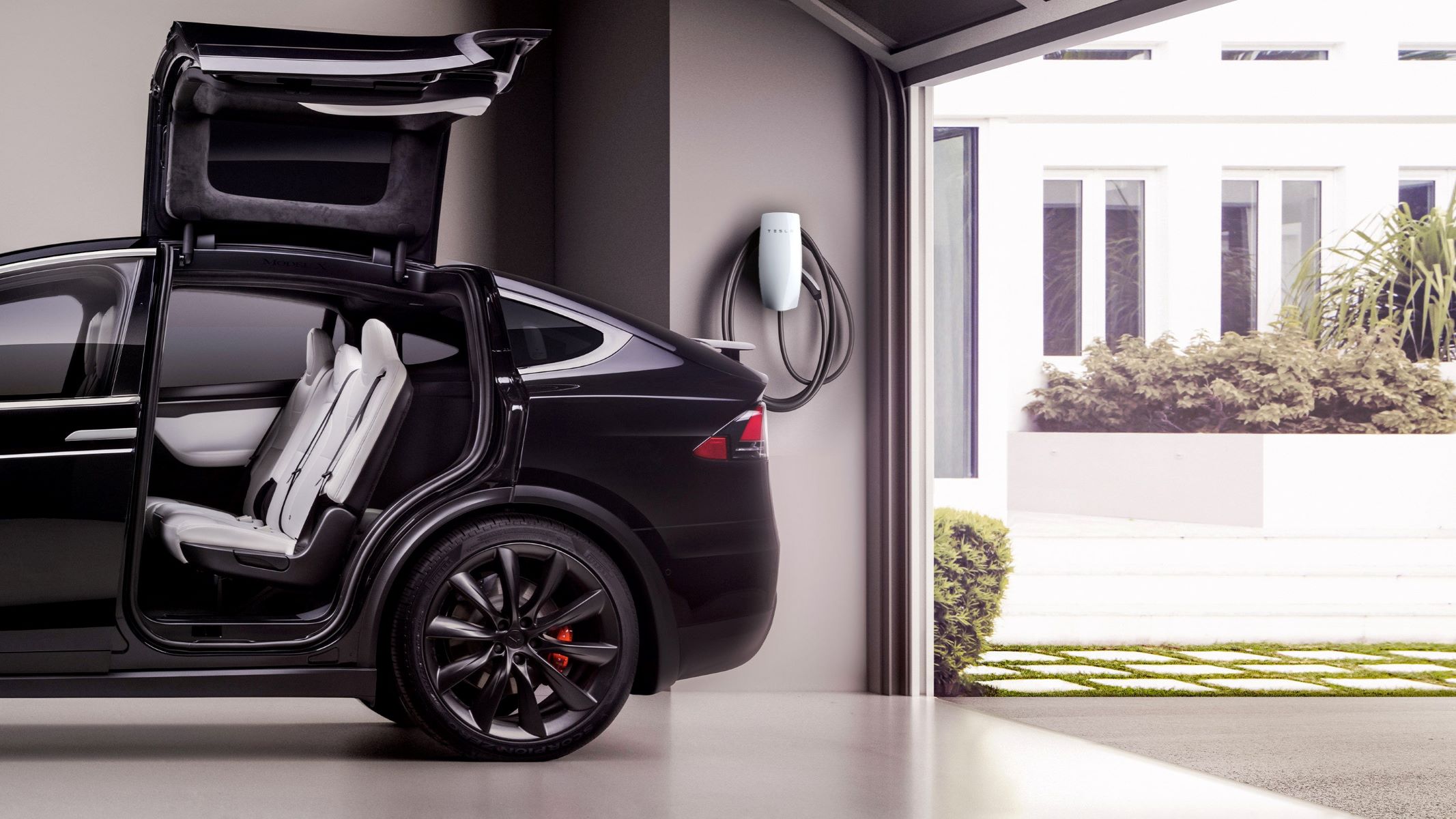
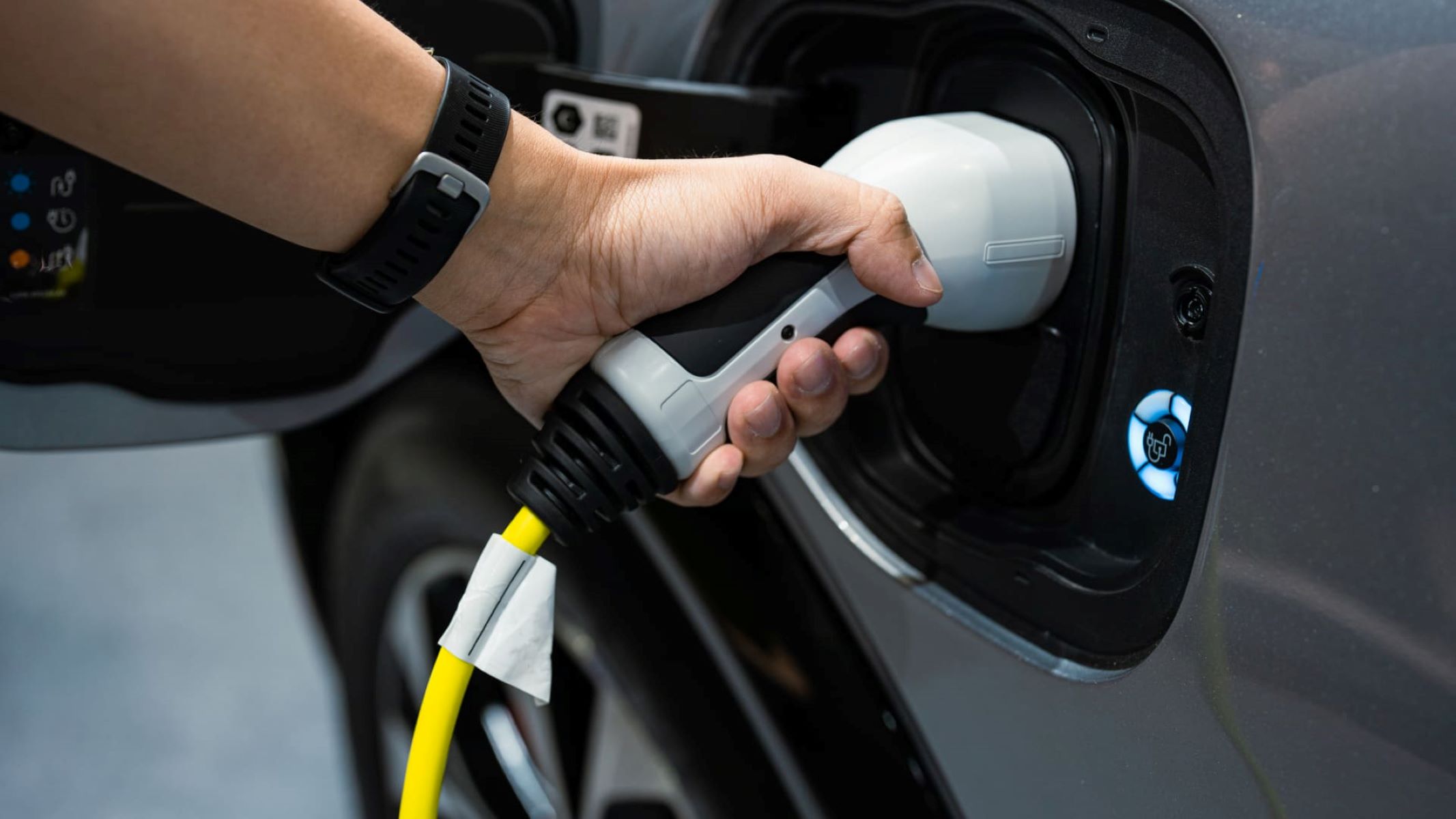

0 thoughts on “What Size Wire For EV Charger”